Decentralized finance has evolved from single blockchain trading into a fully interconnected ecosystem where assets move across multiple networks. Today, traders need to shift tokens between Ethereum, Solana, BNB ($927.02) Chain, Polygon, Avalanche, Base and other blockchains. However, liquidity, fees and execution quality vary greatly across these chains. This creates complexity for anyone trying to manage positions or execute trades efficiently.
This is where the cross chain DEX aggregator becomes essential. Instead of requiring users to bridge assets and interact with different decentralized exchanges manually, the cross chain aggregator identifies the most efficient route and completes the swap through one interface. It removes complexity, reduces slippage and delivers the best available price across networks.
1. The Challenge of Liquidity Fragmentation
Each blockchain has its own decentralized exchanges and liquidity pools. For example:
- Uniswap dominates Ethereum
- Orca and Raydium operate on Solana.
- PancakeSwap is popular on BNB Chain.
- QuickSwap is used on Polygon
The same token often exists in multiple wrapped forms. Liquidity is spread out across pools and networks. Price impact and gas fees differ depending on where a trade is executed.
Without an aggregator, a trader would need to:
- Compare prices manually across networks
- Use bridges to move assets
- Approve multiple transactions
- Monitor slippage risks
This process is slow and error prone. Cross chain aggregators automate it.
2. What is a Cross Chain DEX Aggregator
A cross chain DEX aggregator is a platform that scans liquidity across multiple blockchains and identifies the best route to complete a swap. It searches decentralized exchanges, bridges and liquidity sources to determine the lowest cost and most efficient path.
Read Also: Best Crypto Aggregators for DeFi Traders in 2025
Popular examples include:
- Li.Fi Protocol
- Rango Exchange
- 1inch Fusion Mode with cross chain routing
- Squid Router
- OpenOcean X
These platforms allow traders to execute multi network swaps with a single transaction approval.
3. How Cross Chain Liquidity Routing Works
A typical cross chain swap involves several coordinated steps:
Step 1: Price and Route Discovery
The aggregator collects pricing and liquidity data from:
- DEXs on the source chain
- DEXs on the destination chain
- Bridge liquidity pools
It evaluates slippage, gas fees and execution timing.
Step 2: Path Optimization
The aggregator selects the best possible route based on:
- Trade cost
- Available liquidity
- Network speed
- Security of the bridge
Step 3: Execution
The trade generally follows this structure:
- Convert the original token into a bridge friendly asset
- Transfer the asset across the target network using a trusted bridge
- Convert the bridged asset into the final token
The trader only sees a simple swap interface while the aggregator performs all steps in the background.
4. Why Cross Chain Aggregators Improve DeFi Trade Quality
Cross chain aggregators enhance efficiency in three key areas:
- Reduced Slippage
They combine liquidity across networks to access deeper liquidity pools. - Lower Gas Fees
Routing logic determines the cheapest chain to execute certain segments of the transaction. - Simplified User Experience
No need to manually bridge or switch networks.
This allows even newer DeFi users to execute advanced multi network strategies safely.
5. Security Considerations
Cross chain systems rely heavily on bridges. Bridges lock assets on one chain and mint a representation on another chain. Because of this, bridge security is crucial.
Reliable aggregators use well audited and proven bridges such as:
- Wormhole
- LayerZero
- Axelar
- Across
Users should still:
- Avoid signing unlimited approval permissions
- Confirm contract addresses
- Use hardware wallet protection when possible
Security remains a shared responsibility.
6. Gas and Fee Optimization
A well optimized aggregator minimizes total execution cost. For example, it may be cheaper to convert a token to USDC ($1.00) before bridging than to bridge the original asset. Aggregators compute this automatically to achieve the lowest cost trade.
This efficiency becomes especially valuable during periods of network congestion.
7. The Future of Cross Chain Aggregation
The next phase of DeFi aims for chain abstraction, where users do not need to know which blockchain they are using. Cross chain aggregators are moving toward:
- Wallets that swap across any chain seamlessly
- AI powered routing that predicts liquidity migrations
- Automated rebalancing for yield strategies
- Instant settlement across Layer 1 and Layer 2 networks
The long term goal is to make DeFi feel unified rather than fragmented.
Conclusion
Cross chain DEX aggregators are solving one of the most important problems in decentralized finance. They simplify asset movement, reduce execution friction, and ensure traders receive optimal prices regardless of the network they operate on. As more blockchains and scaling solutions emerge, cross chain routing will become the foundation for efficient and intelligent DeFi trading.
Traders who learn to use these tools effectively gain both time efficiency and a competitive market advantage.
FAQ Section
1. What is a cross chain swap?
A trade that moves tokens from one blockchain to another using routing and bridging protocols.
2. Are cross chain aggregators safe?
Yes, if they use audited bridges and transparent routing systems. Users must still verify transaction permissions.
3. Do these swaps cost more?
Aggregators often reduce overall cost because they optimize slippage, routing and gas fees.
4. Do I need multiple wallets to use cross chain swaps?
No. A single wallet can connect to an aggregator that manages routing across different networks.
5. What is the easiest aggregator for beginners?
Li.Fi and Rango Exchange offer beginner friendly interfaces with strong routing support.
The post Cross Chain Swapping Explained: How Modern DEX Aggregators Route Liquidity Across Networks appeared first on FXcrypto News.









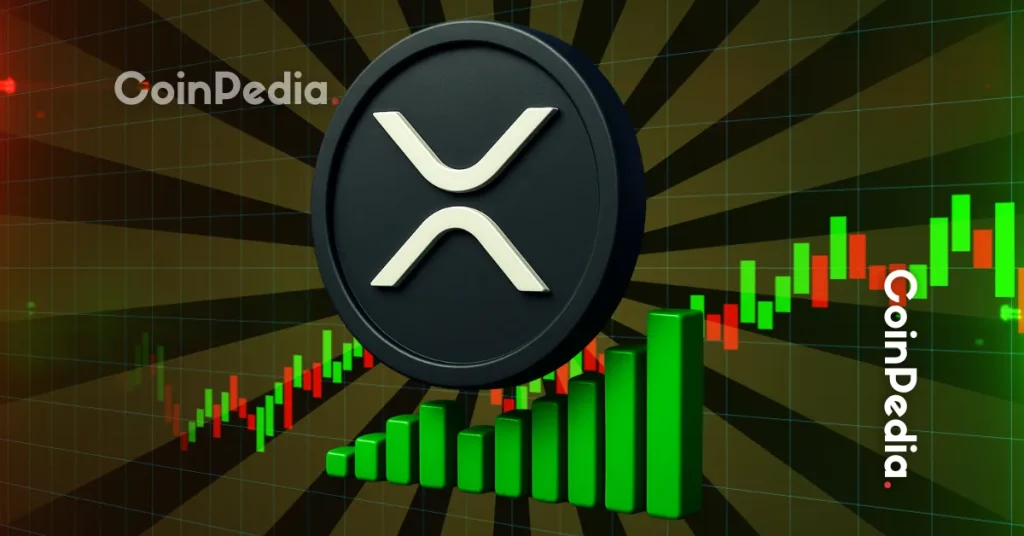


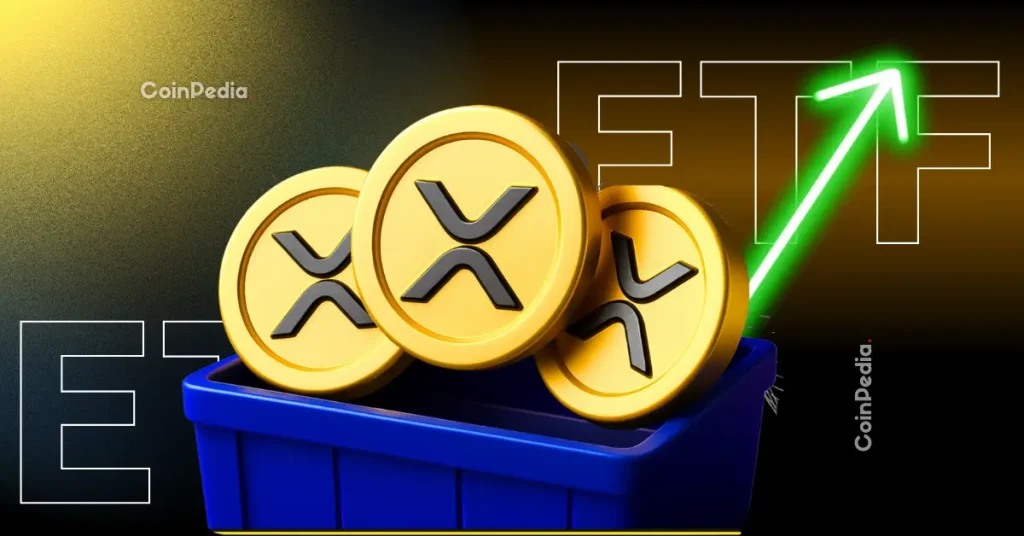

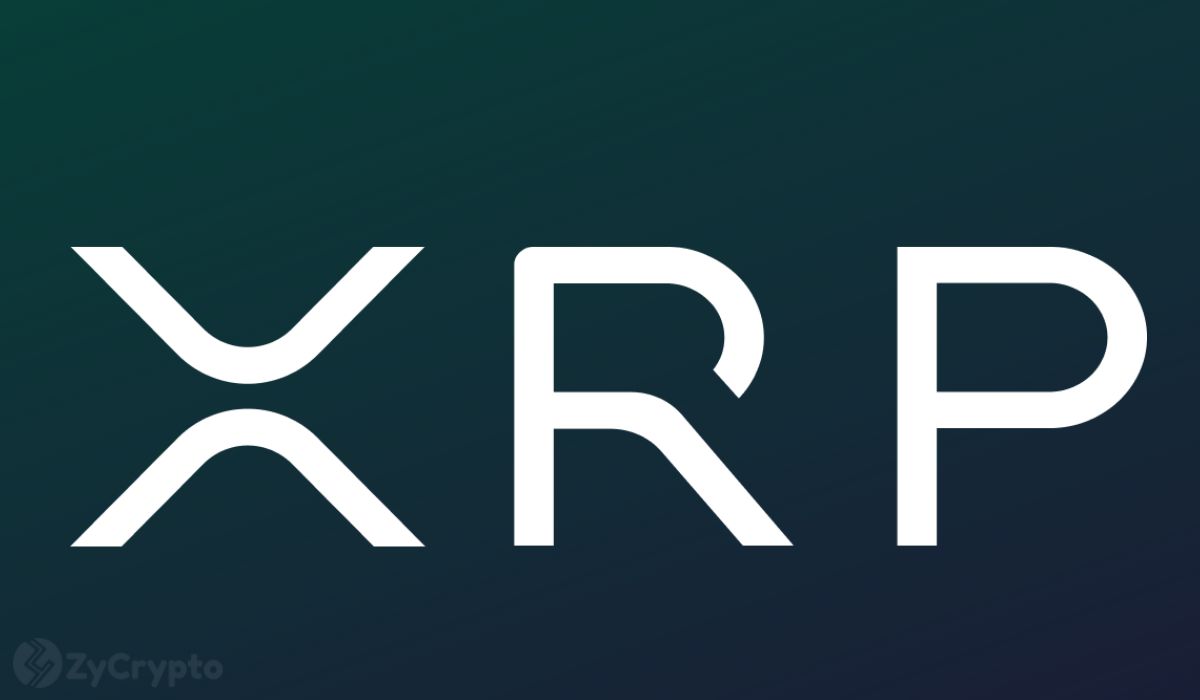
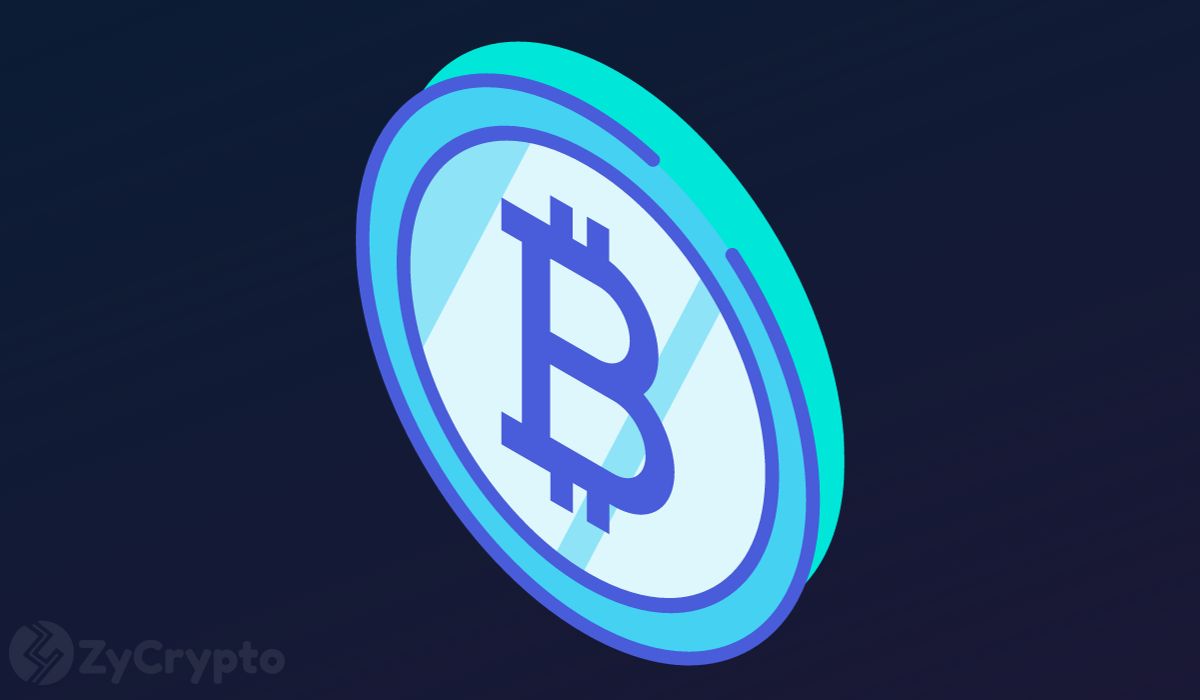

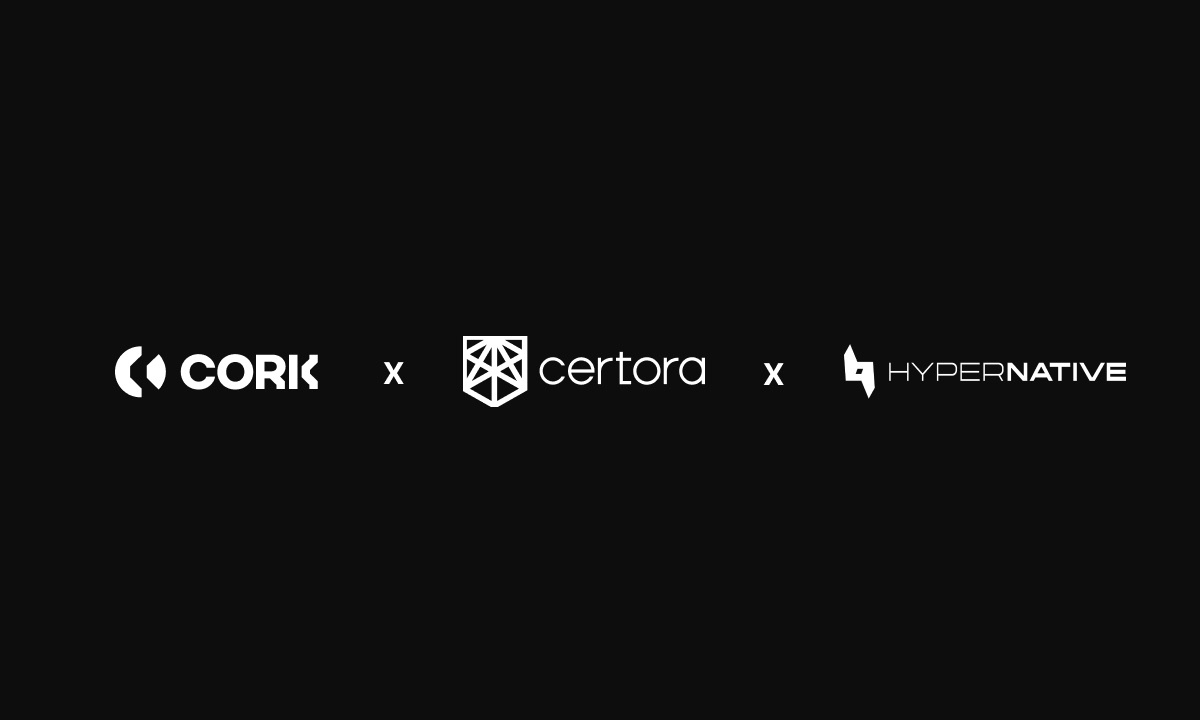


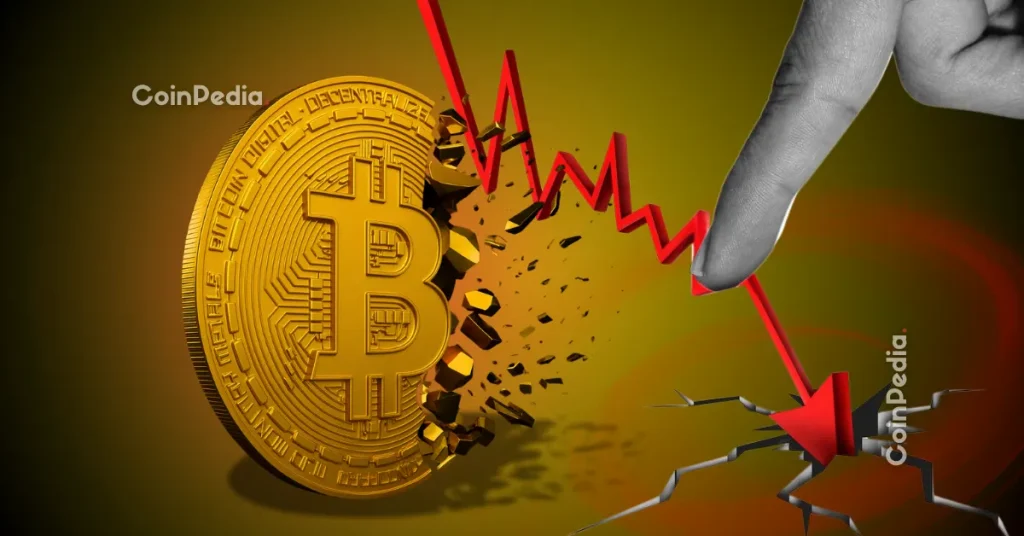


 24h Most Popular
24h Most Popular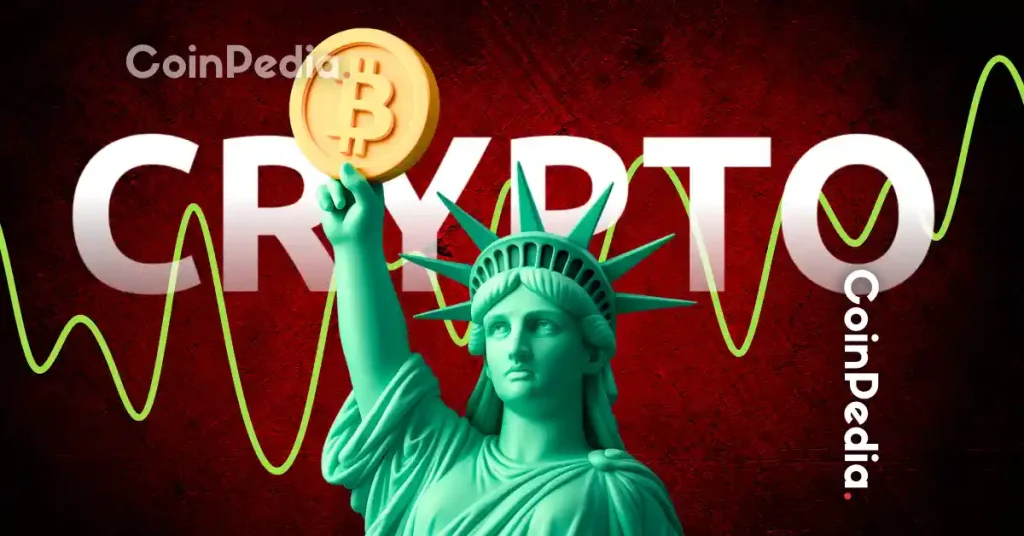

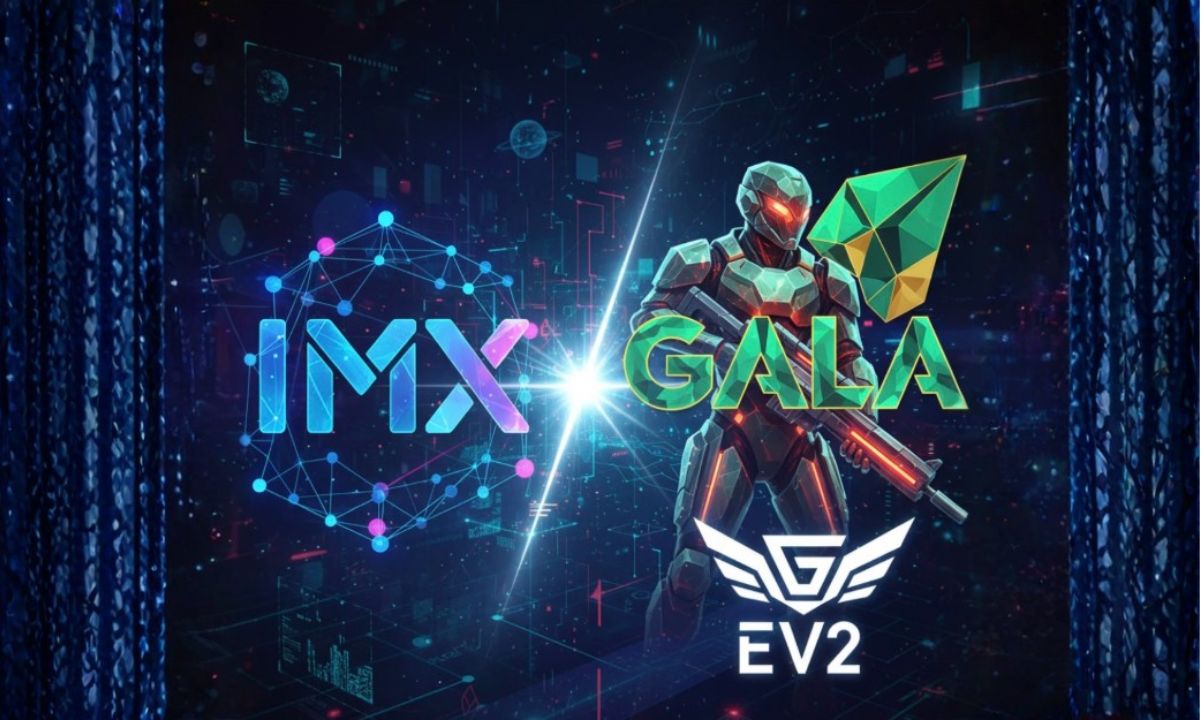

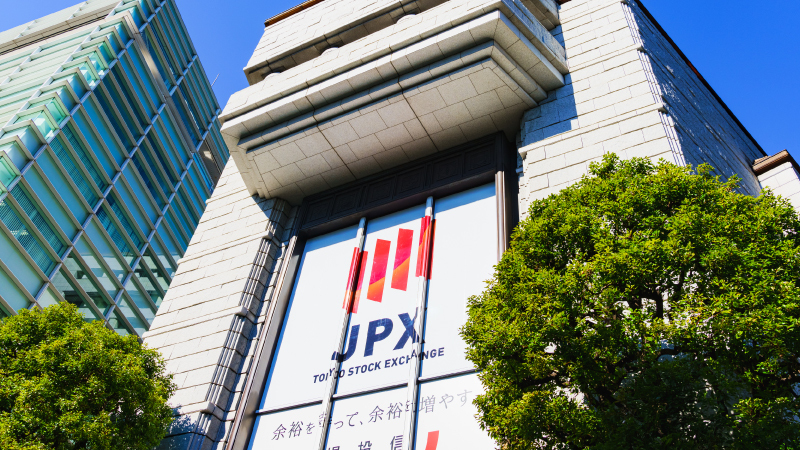

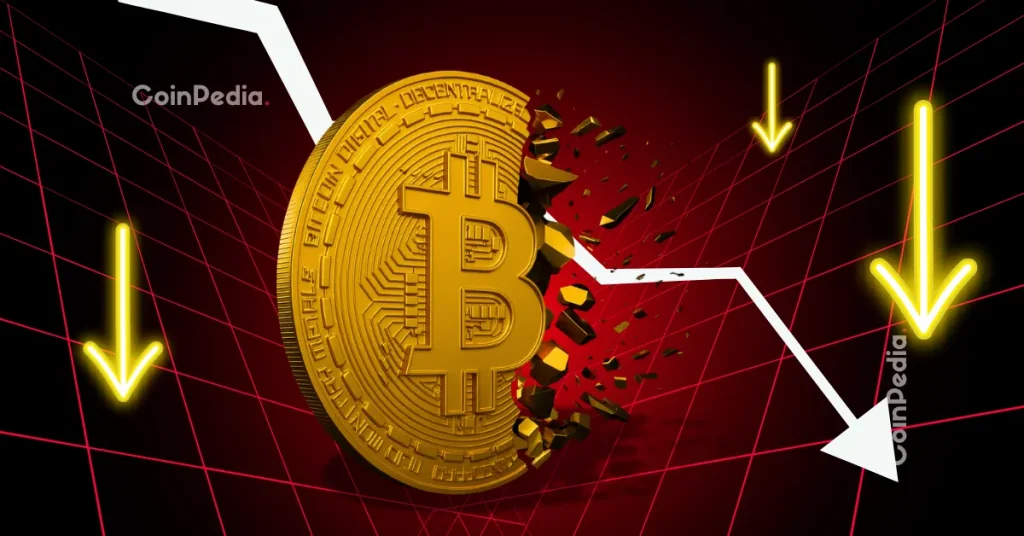



 Utilities
Utilities